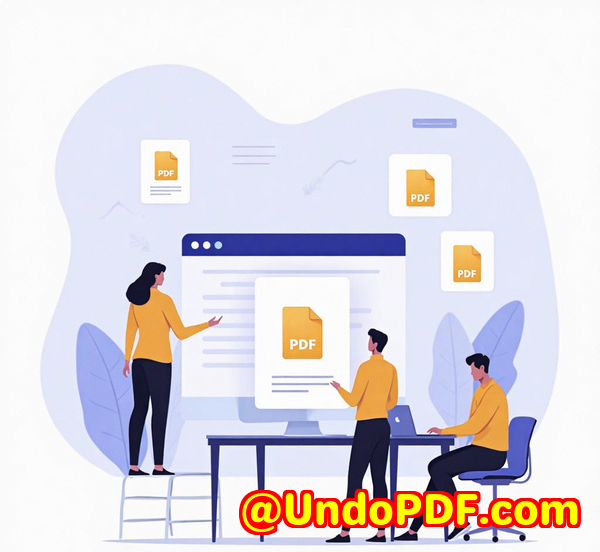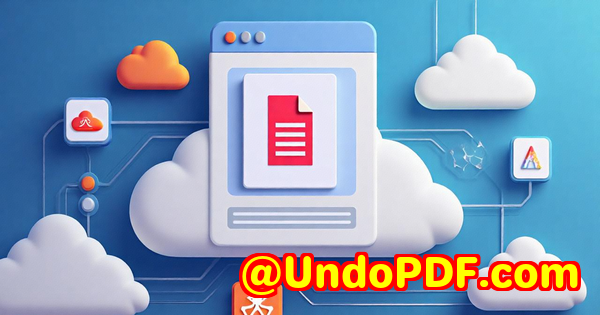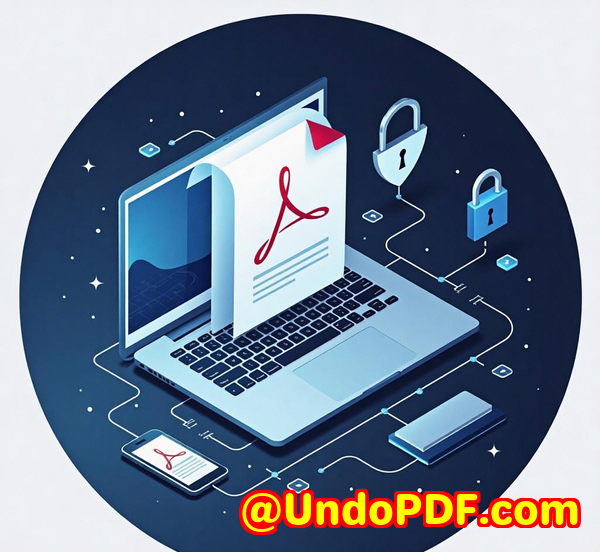How to Build Document Automation Workflows with SPLParser and Windows Batch Files
How to Build Document Automation Workflows with SPLParser and Windows Batch Files
Every time I had to deal with large batches of print spool filesPDFs, PCLs, or PostScriptit felt like a slog. Especially when I needed to extract info, convert pages, or update print settings across hundreds of files. Manually opening each document or using clunky GUIs slowed me down and drained my patience.
That’s when I stumbled upon VeryPDF’s SPLParser Command Line and SDK. If you’re a developer or a system admin who wrestles with print spool files or needs to automate document workflows, this tool is a game changer. It lets you parse and manipulate PDFs, PCLs, PS files from the command line, and it works perfectly with batch scripts to automate repetitive tasks. I want to share how it transformed my document workflow and how you can build automation around it.

What is VeryPDF SPLParser Command Line and SDK?
In short, SPLParser is a command line tool and developer SDK that parses print spool files like PDF, PCL, and PostScript. It’s built for folks who want to:
-
Extract info from print spool files,
-
Convert print files to images (like PNG) for quick previews,
-
Update print job properties without opening heavy apps,
-
Automate batch processing through scripts.
If you’re managing a print server, developing document automation, or just need to update properties in PS or PCL files across many files, SPLParser is designed for you.
Who Should Use SPLParser?
This is not a casual tool for end-users. It’s perfect if you are:
-
A developer building print or document management workflows,
-
A system admin automating printer job handling or archiving,
-
A print shop tech needing to edit job settings across many files,
-
Anyone working with Windows batch files or command line automation in document processing.
Basically, if you want to build automated document workflows without clicking around in GUIs, SPLParser speaks your language.
Key Features That Make SPLParser Stand Out
Here’s why I fell in love with SPLParser:
1. Extract Document Information Effortlessly
I used to waste time opening each print file to check job details like the number of copies, duplex mode, or job name.
SPLParser’s -info option lets you quickly pull all this data from PCL, PS, or PDF files in one shot.
Example:
This spits out details like:
-
Document Title
-
Number of Copies
-
Duplex Setting
-
Page Dimensions
-
Color Mode (based on page-by-page color analysis)
It’s fast, and you can pipe this info into your batch process or logs.
2. Convert Specific Pages to PNG for Fast Preview
Imagine needing a quick snapshot of the first page without rendering the entire document. Other tools I tried either converted everything or crashed with large files.
With SPLParser, the -firstpage and -lastpage options let you convert just the pages you want. I use this all the time to generate thumbnail previews of print jobs for a dashboard.
Example command:
This outputs a sharp PNG of page one perfect for previews.
3. Update Print Job Properties Without Reprinting
Here’s a huge time saver: you can edit print properties like job name, duplex/simplex mode, number of copies, and resolution directly inside PCL or PS files.
If you manage batches of print jobs and need to tweak settings without re-running print drivers, this feature is golden.
Example:
No need to open heavyweight apps or recreate the job. This is real automation.
How I Built a Windows Batch File Automation Workflow with SPLParser
After discovering these features, I wrote a batch script that processes every file in a folder:
-
Runs
splparser.exe -infoto extract metadata into logs, -
Converts first pages to PNG thumbnails for previews,
-
Updates print properties if needed based on some logic.
This script now runs every night on our print server, automating what took me days manually.
Here’s a snippet of my batch file logic (simplified):
It’s a no-fuss way to process hundreds of files overnight with zero manual intervention.
Why SPLParser Beats Other Tools
I’ve tried other PDF or print file utilities, but here’s why SPLParser shines:
-
Command line + SDK combo gives you both quick usage and full developer integration.
-
Supports multiple spool formats: PDF, PS, PCL no need for separate tools.
-
The update print properties feature is unique; many tools let you read files but not change job settings.
-
It’s royalty free and stable, unlike some open-source tools that crash or lack support.
-
The developer SDK lets you embed parsing in your apps or larger workflows.
-
Lightweight no bloated UI or dependencies to slow you down.
Wrapping Up: Why I Recommend SPLParser for Document Automation
If you deal with lots of print spool files and want to automate document workflows without the pain of manual editing or heavy GUIs, VeryPDF’s SPLParser Command Line and SDK is a tool you shouldn’t overlook.
It has cut down my processing time from days to hours and let me build repeatable, reliable batch workflows with Windows batch files. Whether you’re managing a print server or building custom software, SPLParser makes parsing, converting, and updating print files straightforward.
I’d highly recommend this tool to developers, sysadmins, and print shop pros looking to save time and gain control over print workflows.
Start your automation journey today try SPLParser and see how much faster you can get your document processing done: https://www.verypdf.com/
Custom Development Services by VeryPDF
VeryPDF offers comprehensive custom development services tailored to your specific technical needs.
Whether you need specialized PDF or print spool processing on Linux, macOS, or Windows, or you want to integrate document parsing into your applications, VeryPDF’s experts can help.
Their services include development using Python, PHP, C/C++, Windows API, Linux, Mac, iOS, Android, JavaScript, C#, .NET, and HTML5.
They specialize in creating Windows Virtual Printer Drivers that generate PDFs, EMFs, and images, plus tools to capture and monitor print jobs from all Windows printers into formats like PDF, PCL, PS, TIFF, and JPG.
Additionally, VeryPDF develops system-wide or application-specific Windows API hook layers to monitor file access and other system activities.
Their expertise extends to document format analysis and processing, barcode recognition, OCR for TIFF and PDFs, report and form generation, image conversion, cloud-based document services, digital signatures, DRM protection, TrueType font tech, and document printing.
If you have unique workflow challenges or want custom document processing solutions, contact VeryPDF via https://support.verypdf.com/ to discuss your project.
Frequently Asked Questions
Q1: What file formats does SPLParser support?
A1: SPLParser supports PDF, PostScript (PS), PCL-XL, and PCL5 spool files.
Q2: Can I update color printing settings with SPLParser?
A2: No, color or monochrome settings are embedded in the print file and cannot be changed using SPLParser’s update feature.
Q3: Is SPLParser suitable for bulk processing?
A3: Absolutely. It’s designed for batch automation via command line and scripting.
Q4: Do I need programming skills to use SPLParser?
A4: Basic command line familiarity is enough for simple tasks. For advanced integration, developer SDK and programming experience helps.
Q5: Does SPLParser provide a GUI?
A5: No, SPLParser is command line based. This keeps it lightweight and perfect for automation.
Tags/Keywords
-
document automation workflows
-
SPLParser command line
-
batch processing print spool files
-
update PCL PS job properties
-
convert PDF to PNG preview
-
print job automation
-
VeryPDF SPLParser SDK



